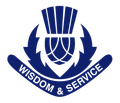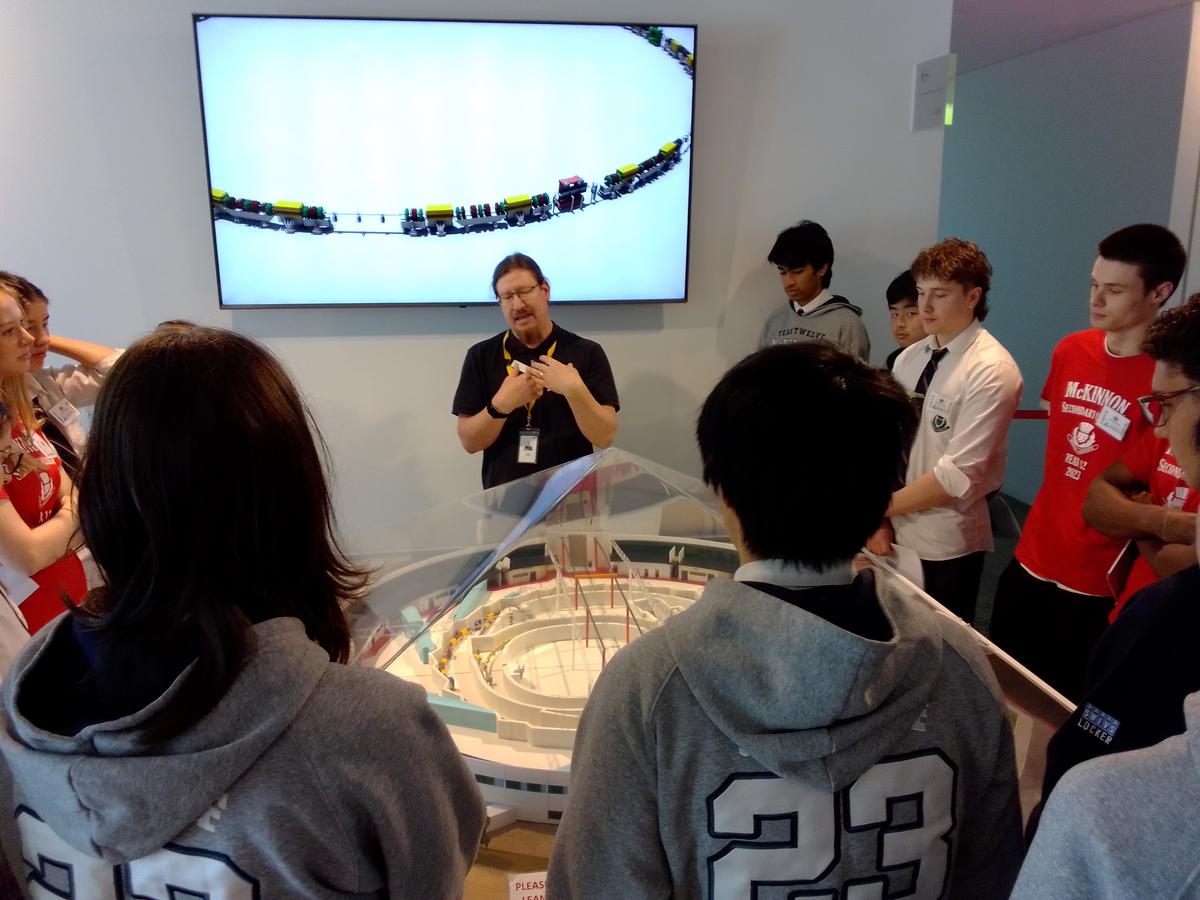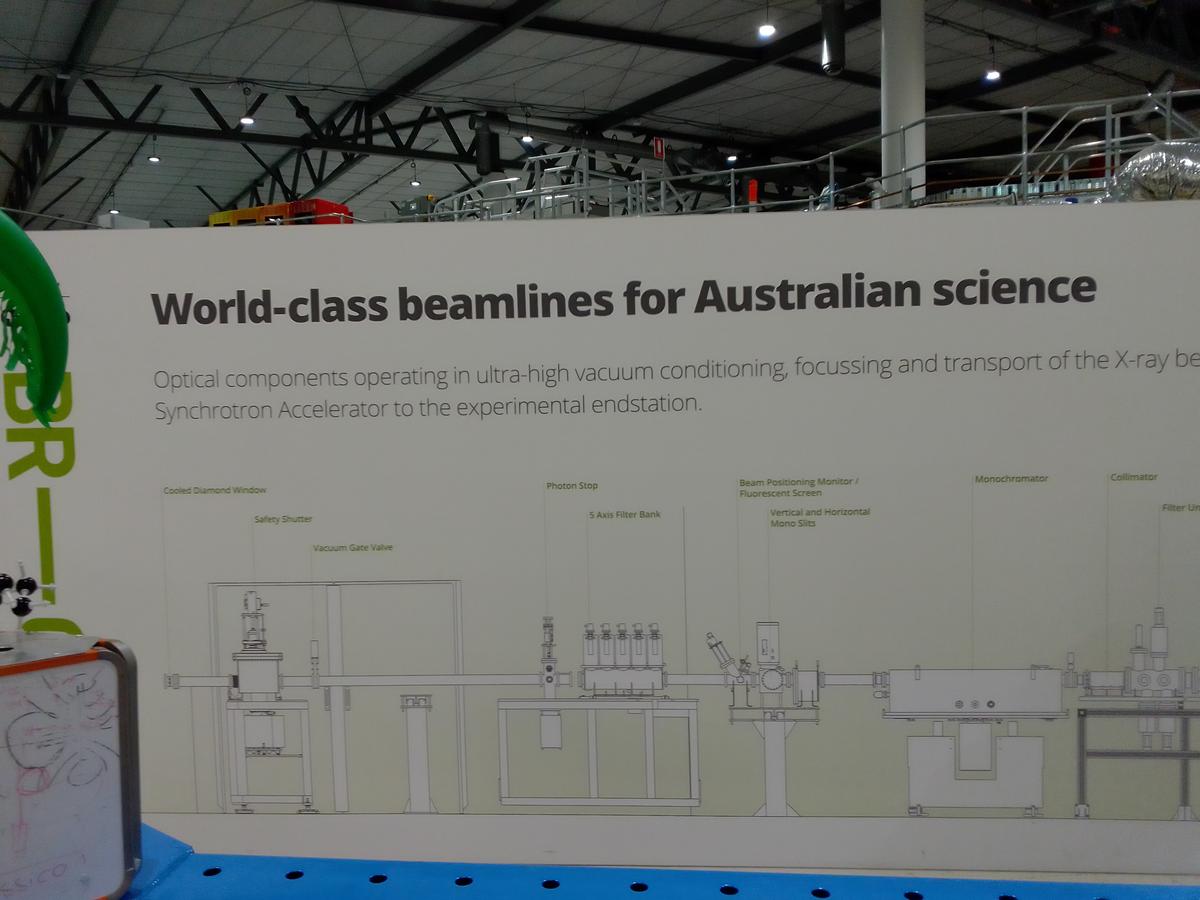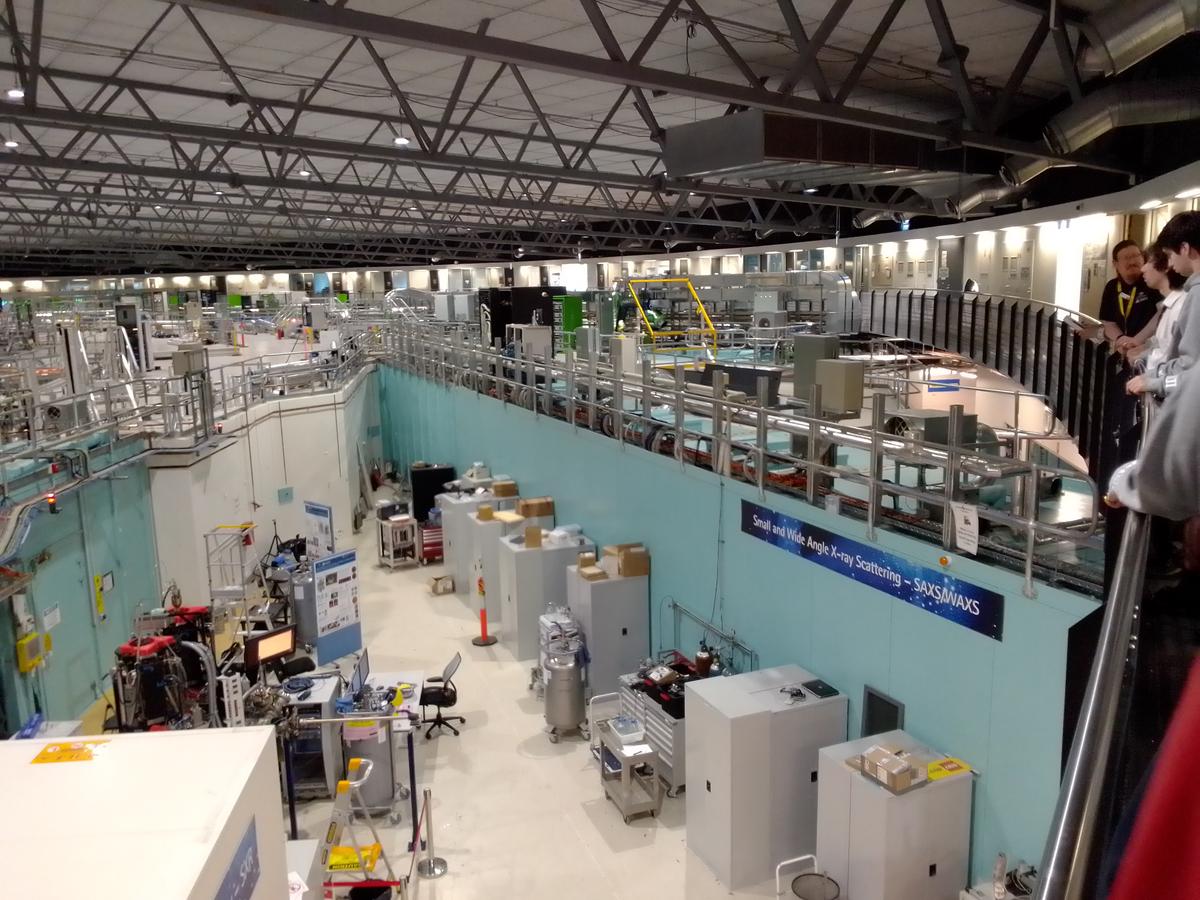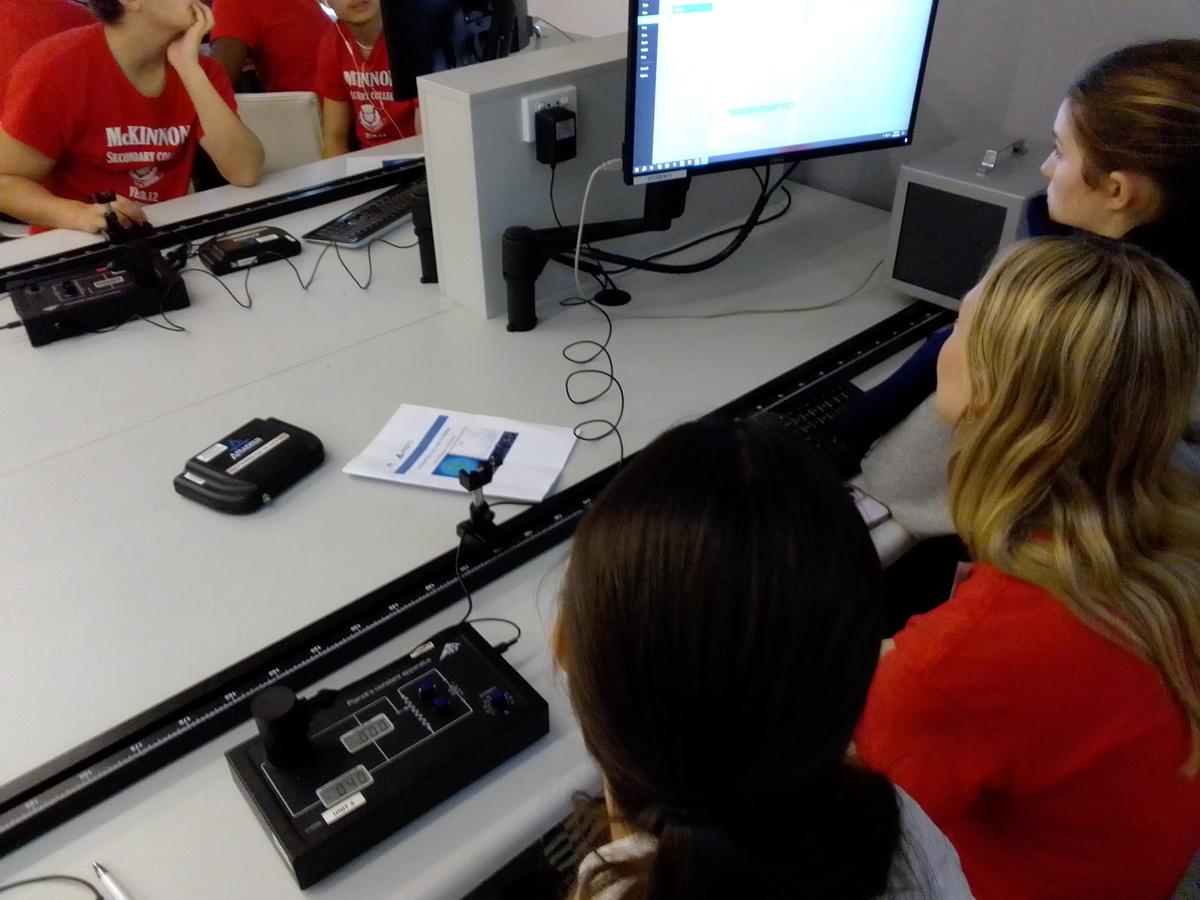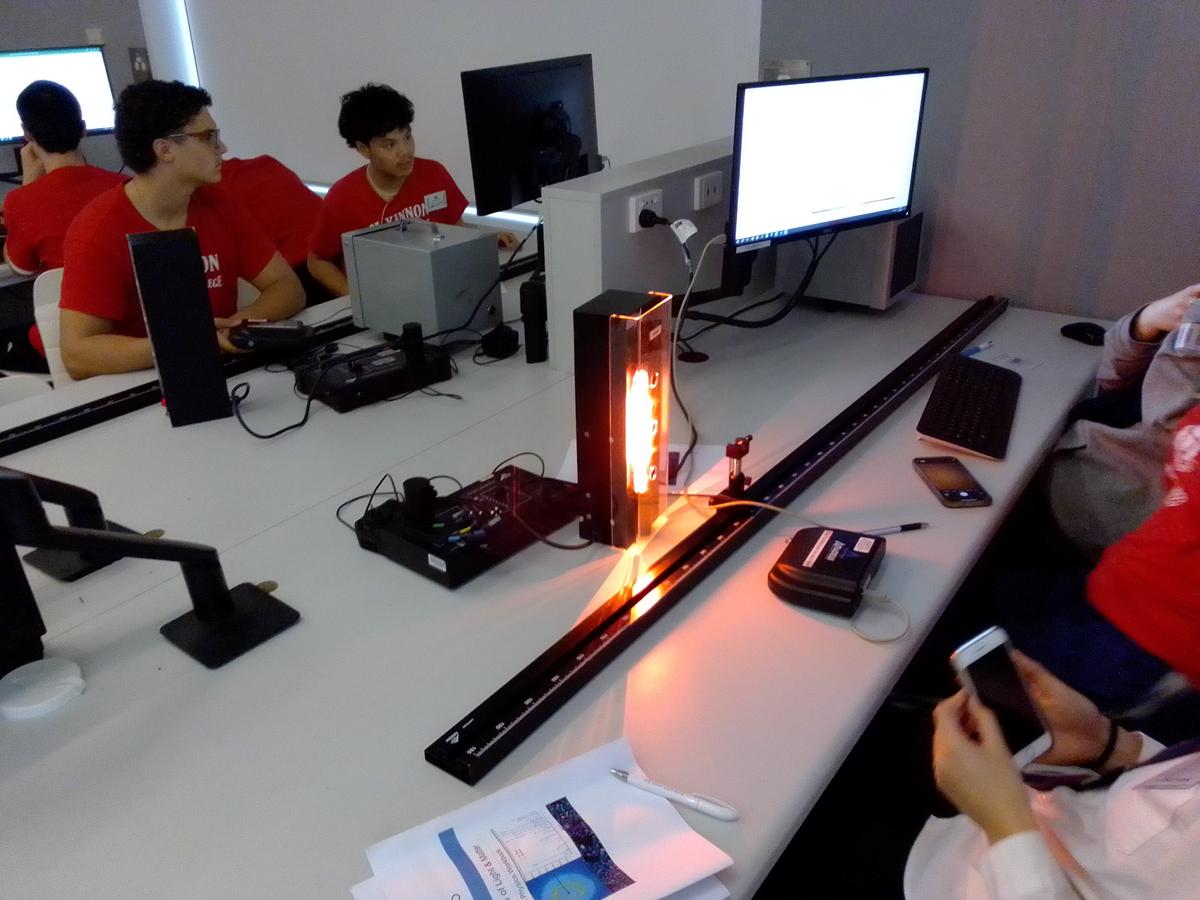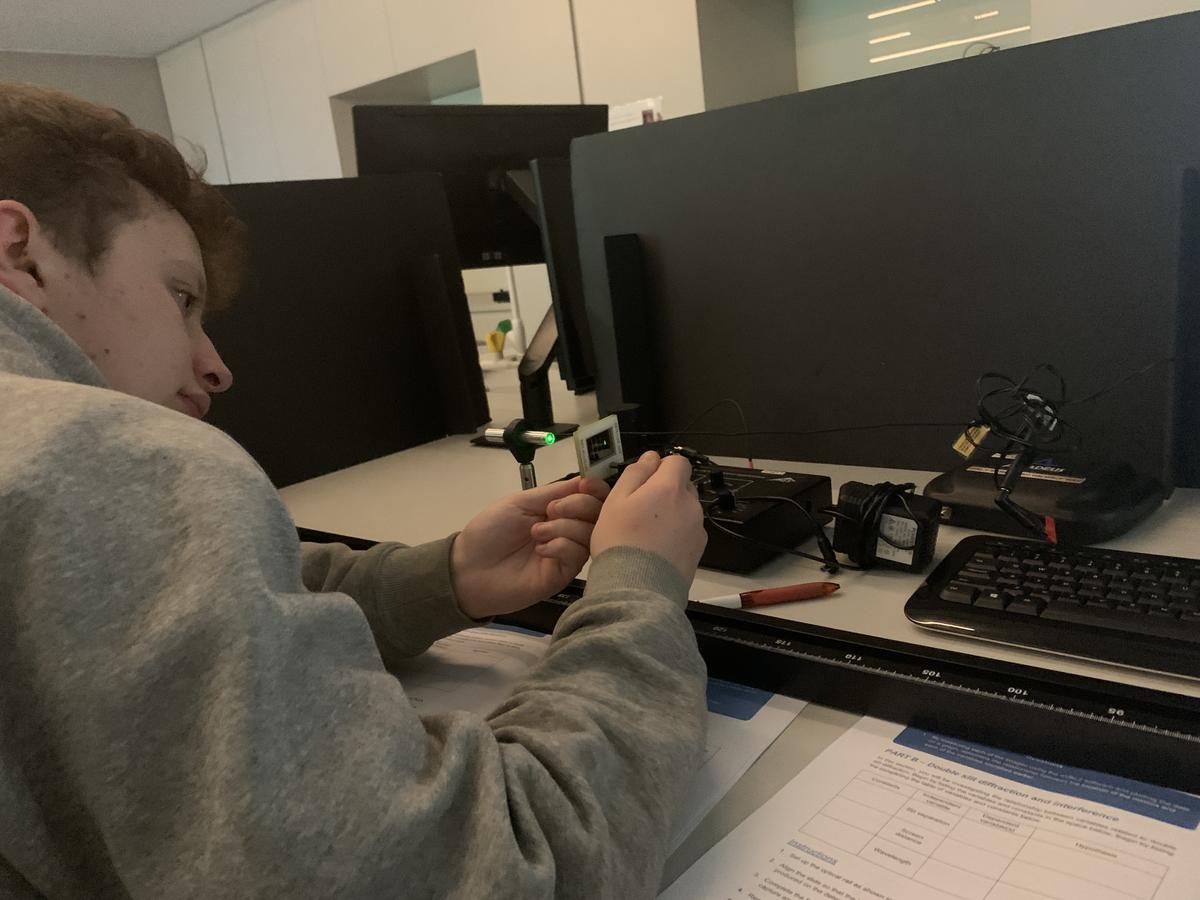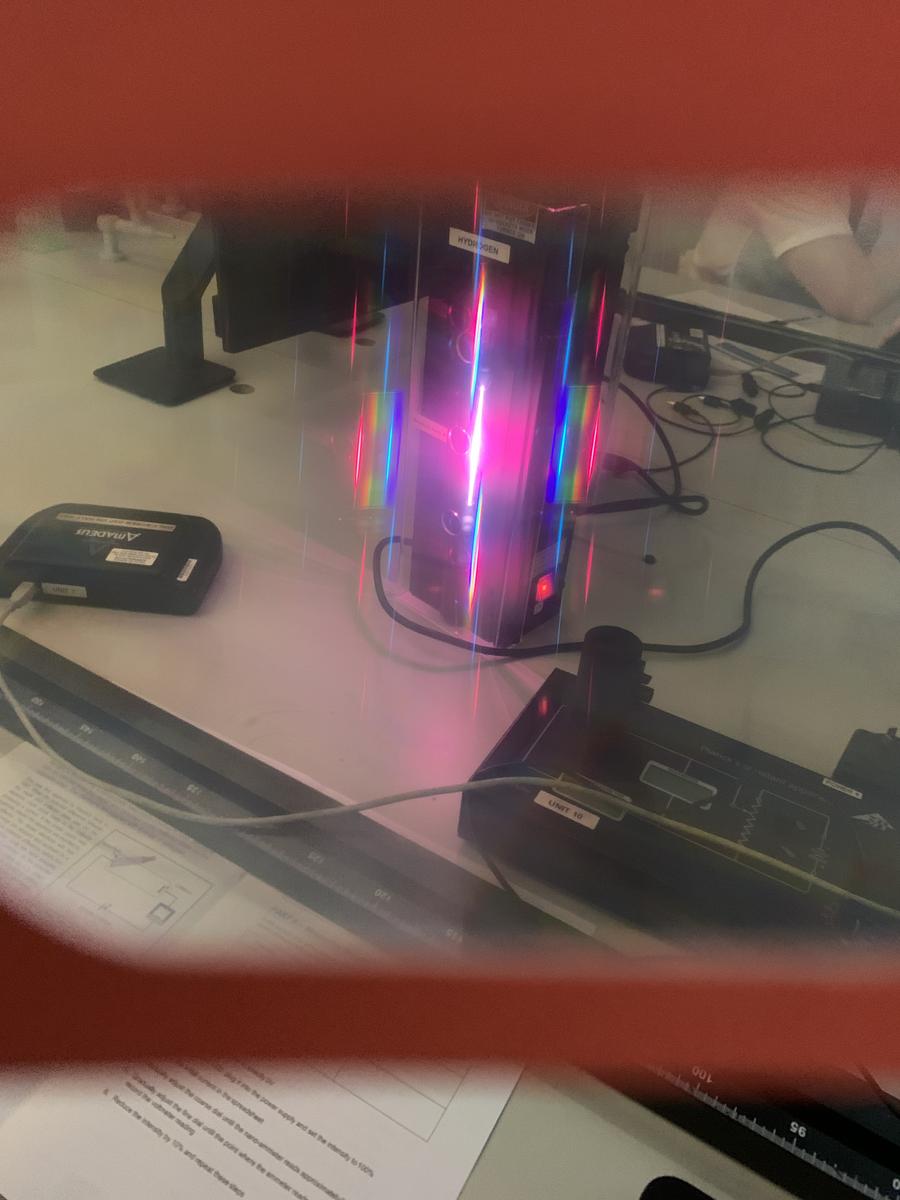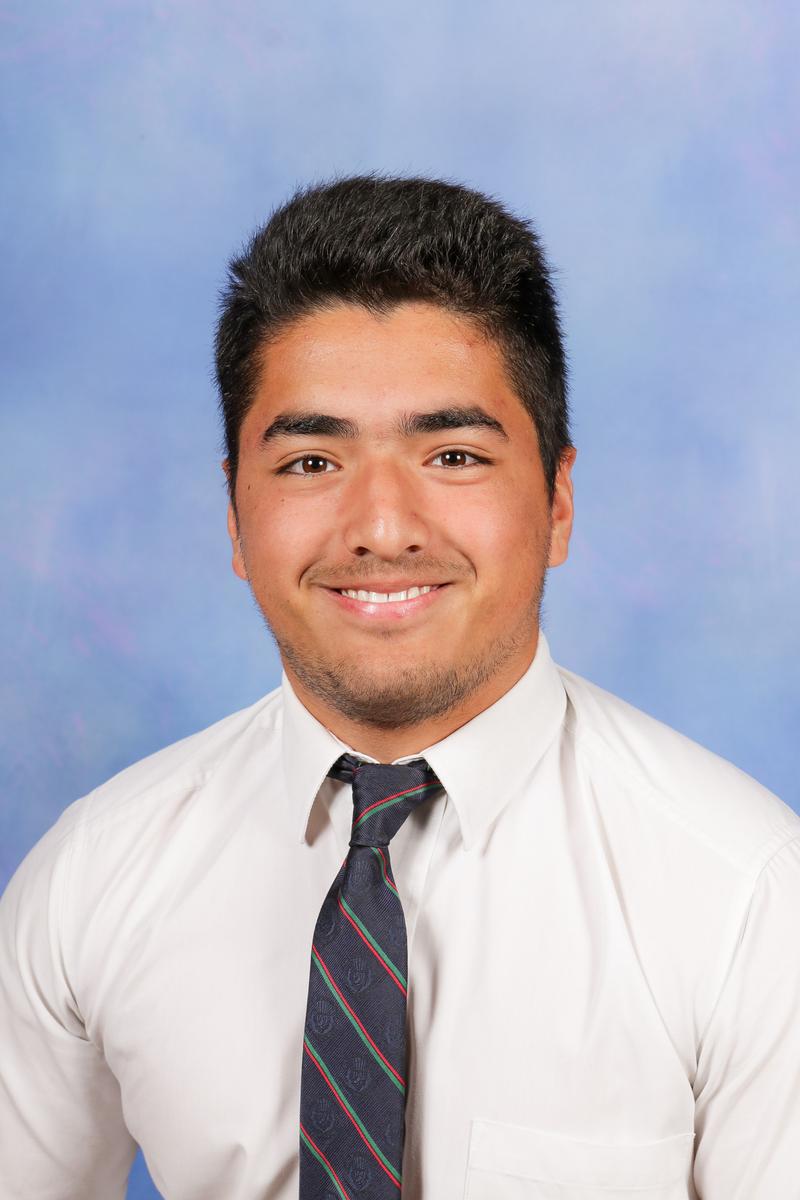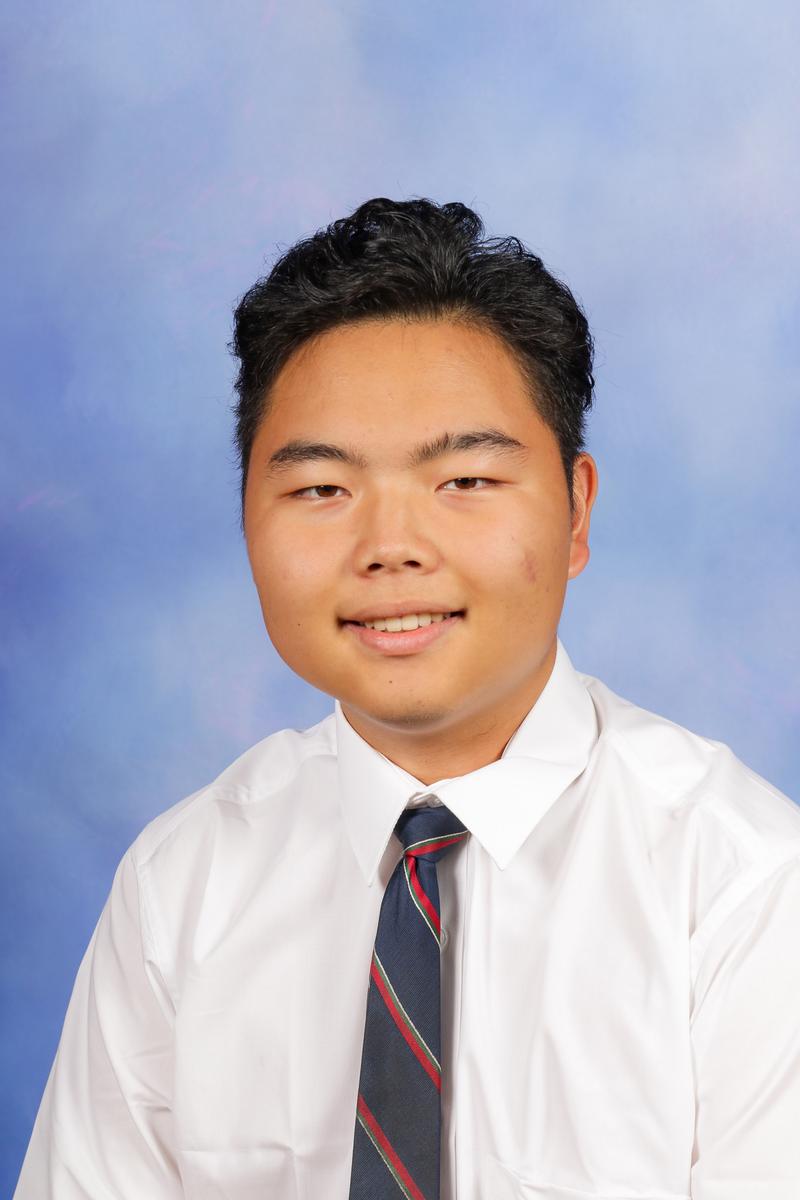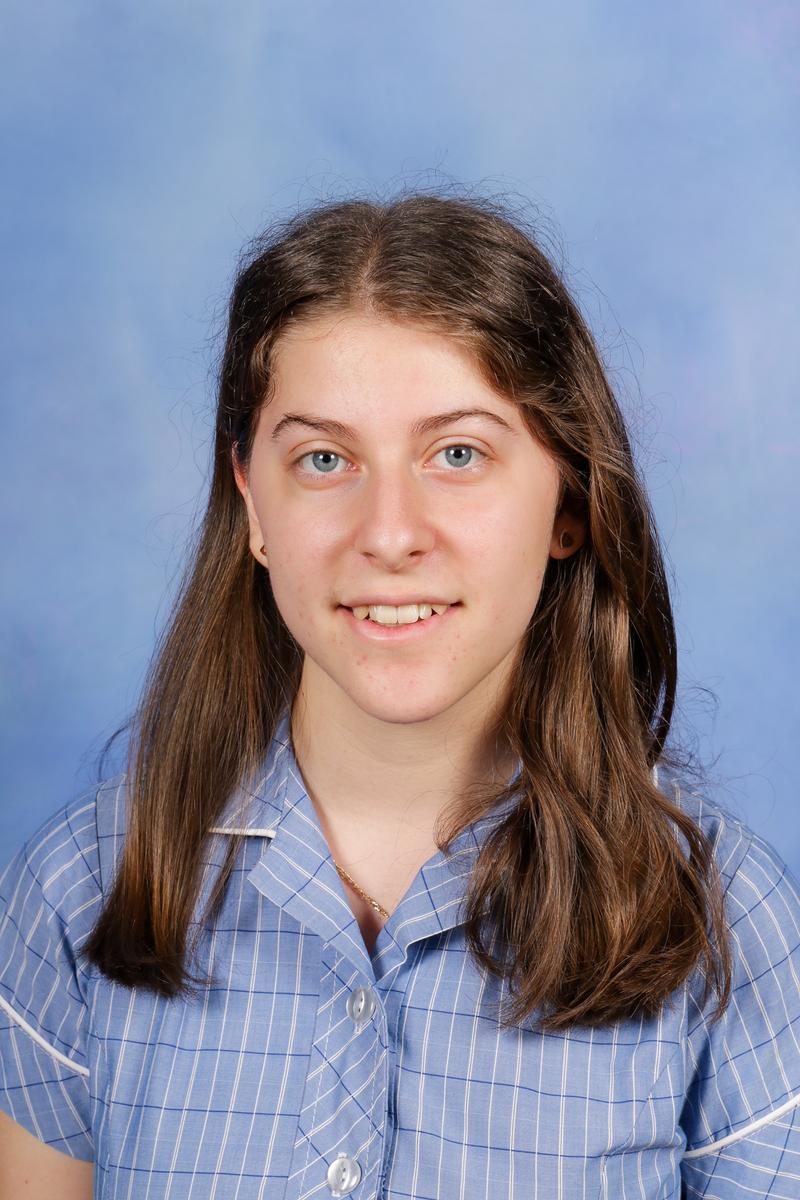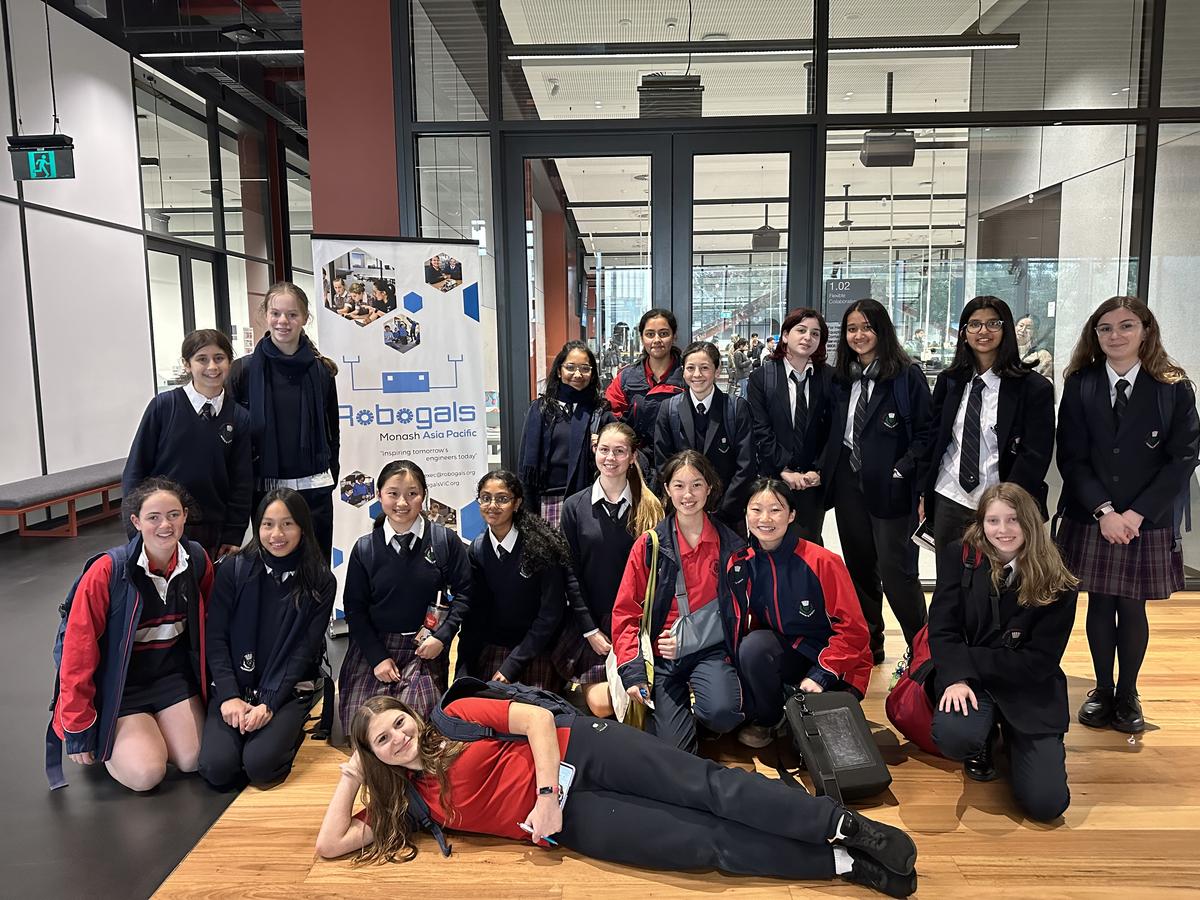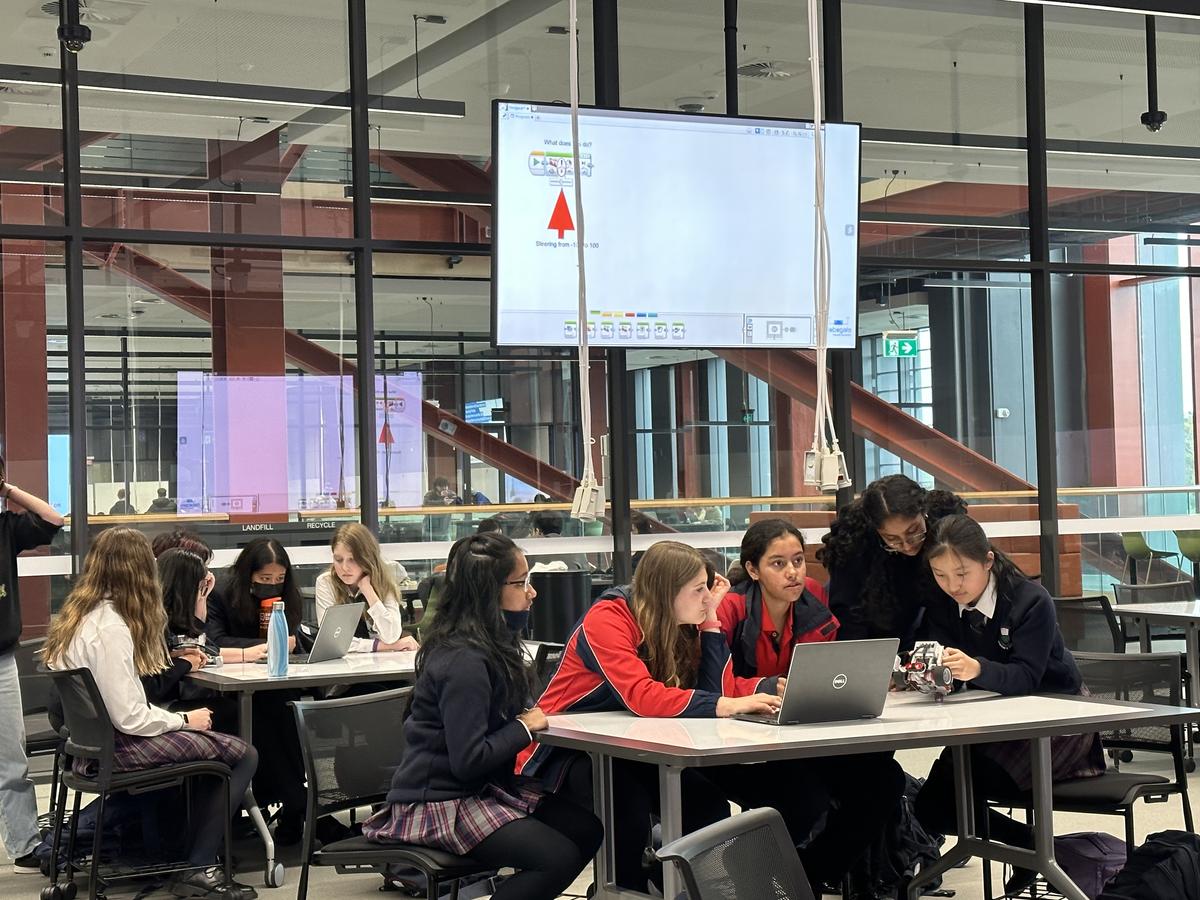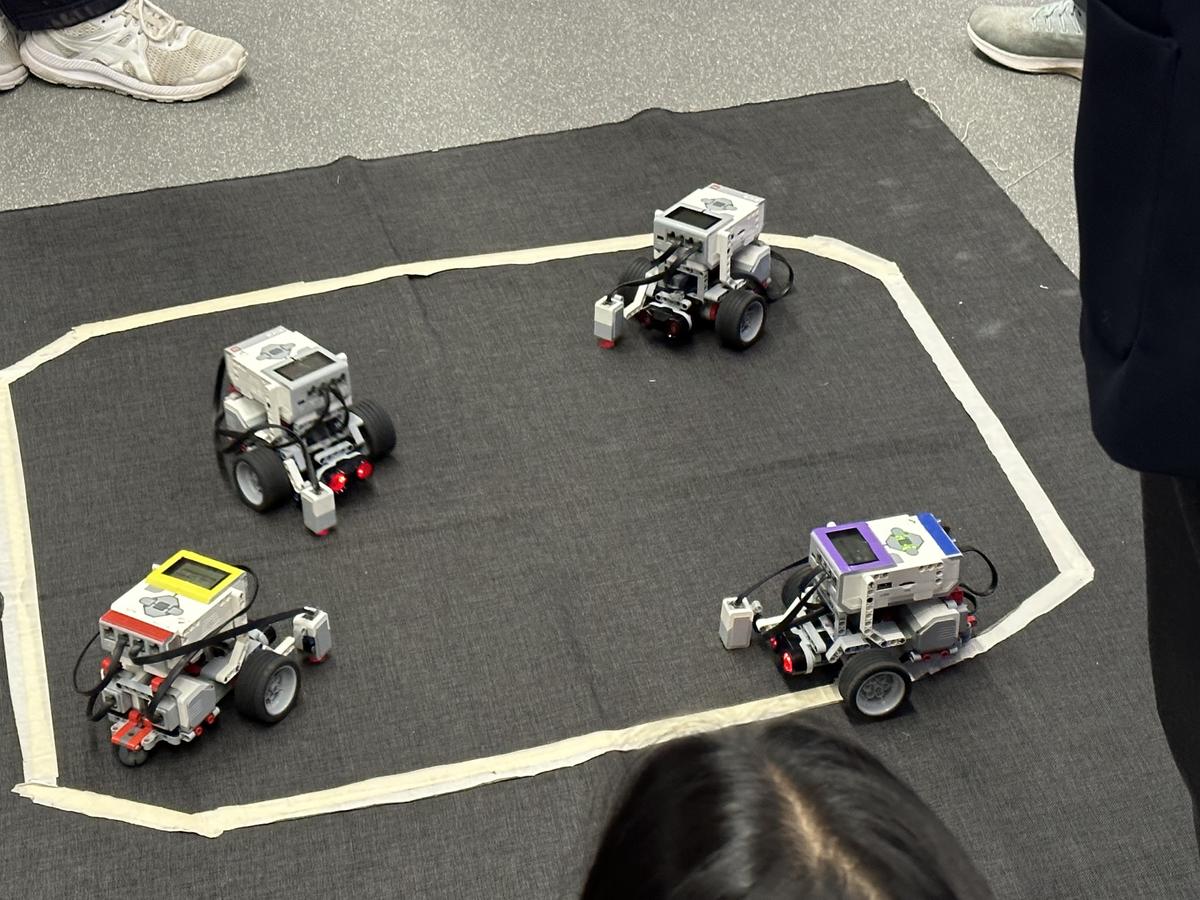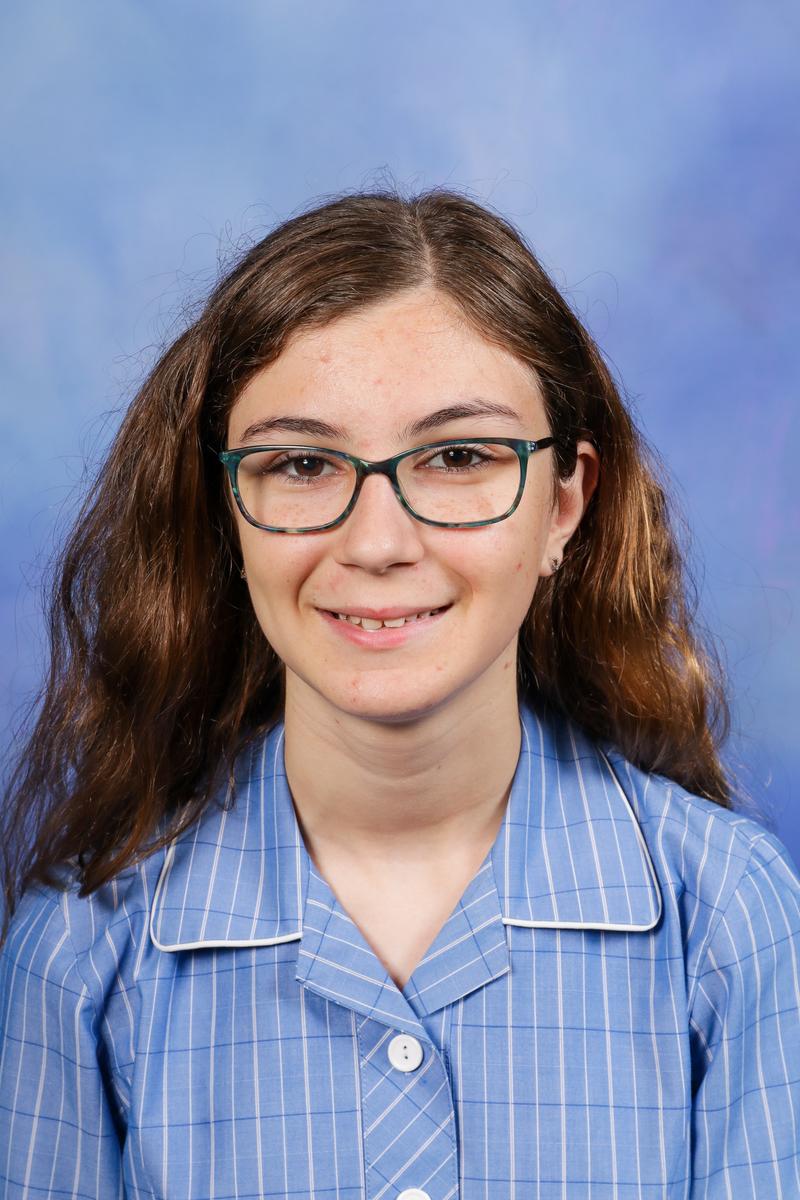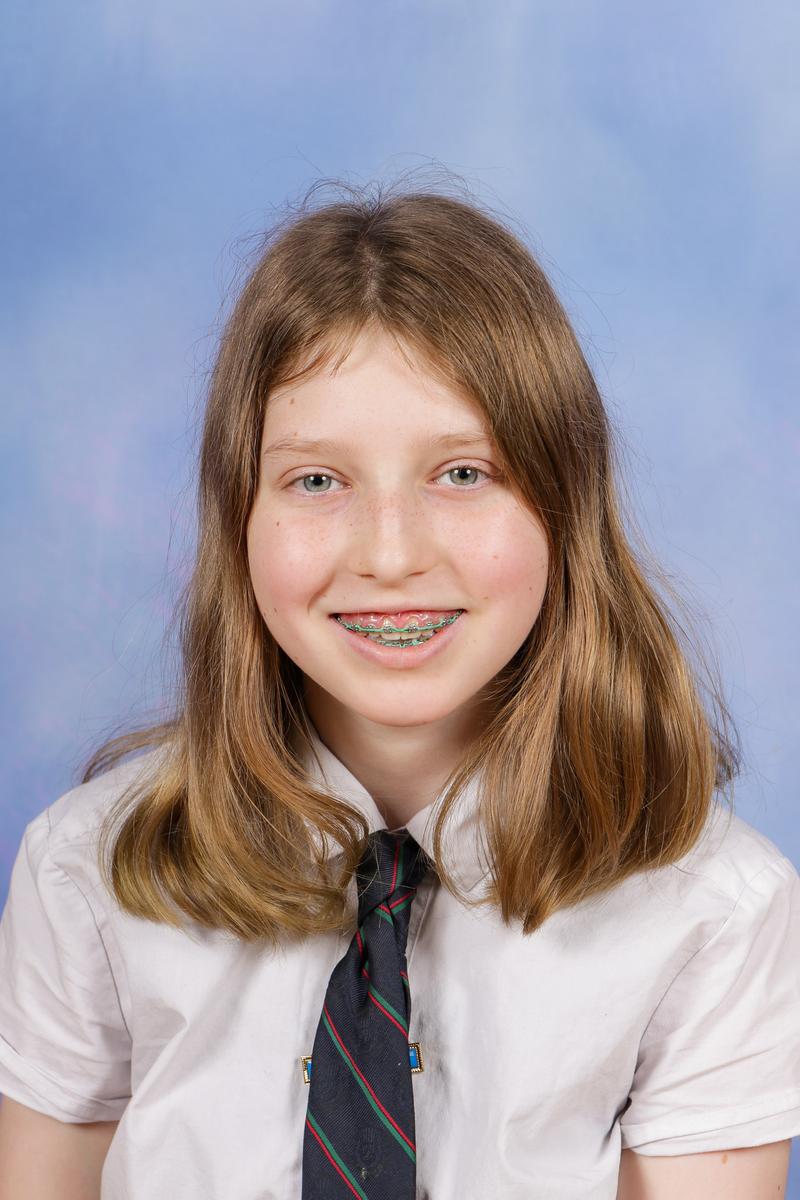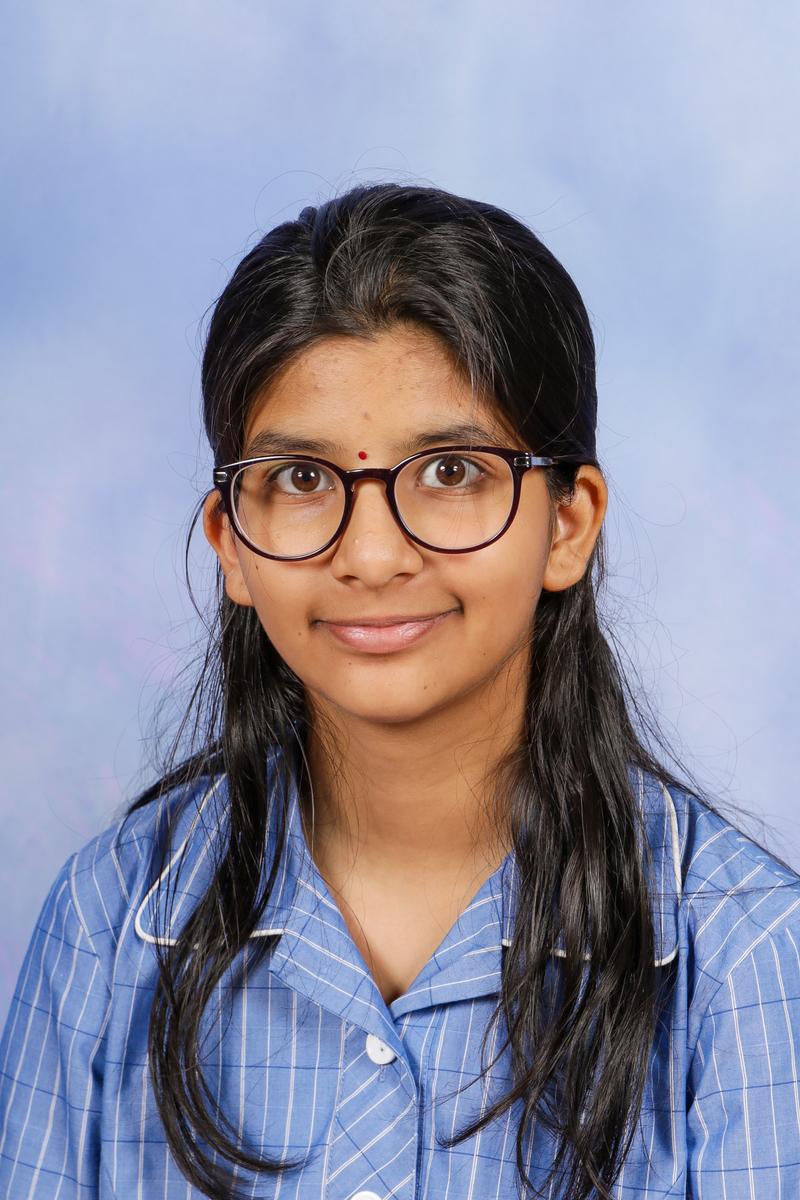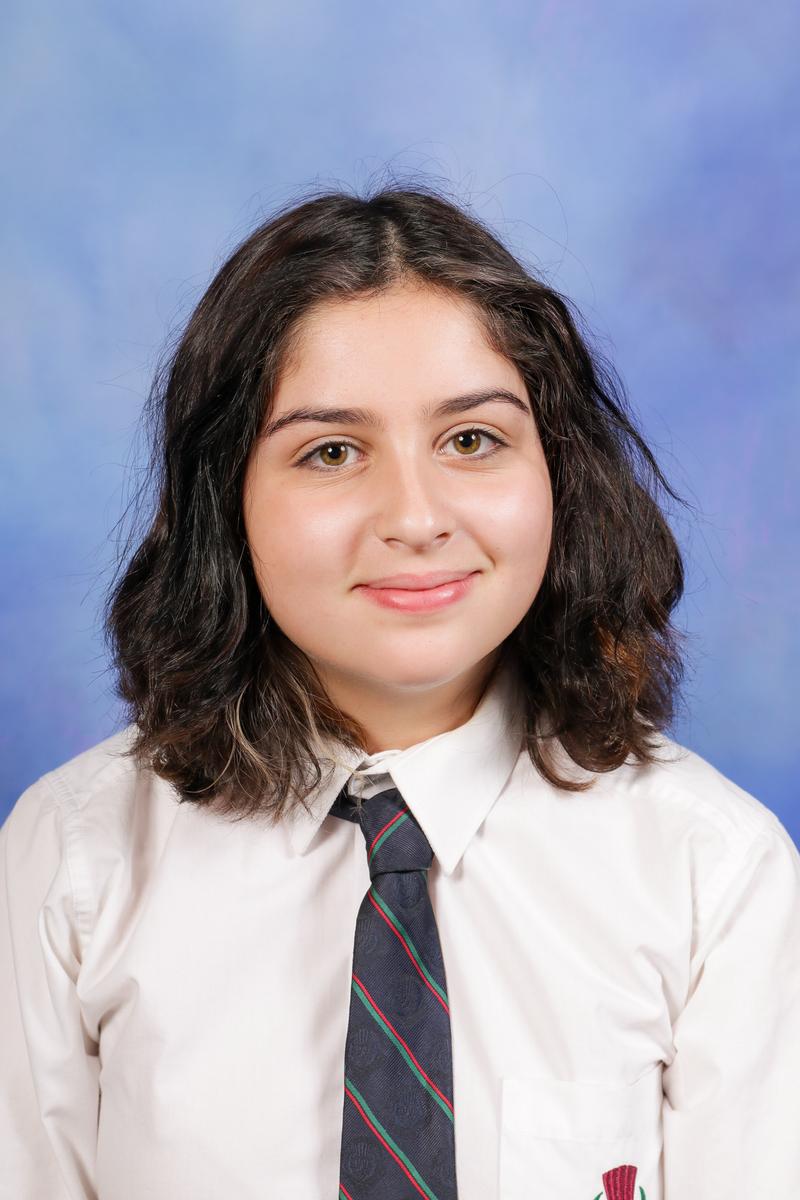SCIENCE
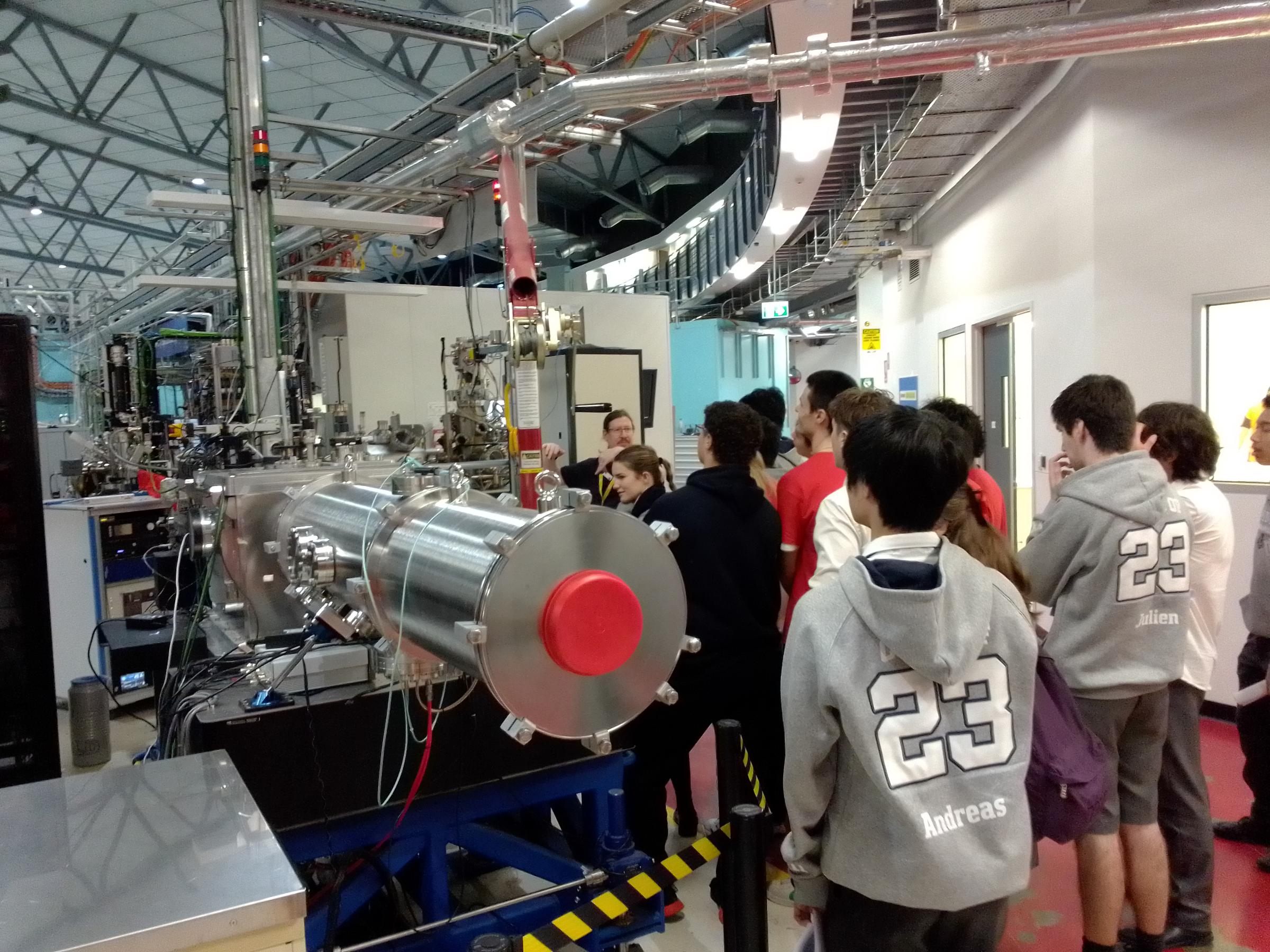
YEAR 12 PHYSICS - SYNCHROTRON EXCURSION
In the last week of Term 3, three groups of Year 12 Physics students travelled to the Australian Synchrotron in Clayton for a one-day educational excursion. The tour and lab sessions were organized by the Australian Nuclear Science and Technology Organisation (ANSTO) in conjunction with Swinburne University. It showcases some of the latest technologies and experiments in material, molecular and imaging sciences at the research facility. The immersive laboratory session was also curriculum-aligned to the VCE Physics Study Design where students had the opportunity to enhance their understanding on the interactions between light & matter.
Dr Sandy Law
Physics Teacher
What the students think of the excursion:
Our visit to the Synchrotron was pretty cool! We got to learn about some really high-tech physics stuff. The synchrotron machine was the star of the show, speeding up particles almost as fast as light for all sorts of experiments. During the excursion, we learned about the physics behind synchrotrons and their applications, from medical imaging to analyzing fossils. It was interesting to see how fundamental physics principles were put into practice.
The day was both educational and enjoyable. We had the opportunity to interact with scientists and even conduct experiments on how light behaves as a particle and as a wave. The highlight was the beamline tour, where we visited all the experimental stations.
I would highly recommend this trip to future students. It provides a unique insight into the world of physics and its real-world applications. It's a day that sparks curiosity and inspires future scientists.
Elias Azar 12A
The excursion was put into two parts, a practical in the lab and a tour of the technology behind the Synchrotron. In the practical we recorded data and observations for single and double slit experiments and the photoelectric effect. The true science was able to be shown clearly as the equipment was a much higher standard than the science lab at school. It was most exciting to see very clear light diffraction as the setup produced incredibly sharp and clean results.
The physics we learned in the lab was mostly a recap of what we learned in textbooks; however, the Synchrotron tour expanded concepts such as diffraction and the photoelectric effect in a more practical sense. Through something as trivial as accelerating particles to high speeds, we learned of real-world applications such as helping archaeologists with fossil work, creating medical breakthroughs for prematurely born babies or giving the nearby hospital much stronger x-ray equipment.
The day was quite enjoyable, and it was pleasant to take the last day off from school and enjoy physics for what it is instead of as numbers and letters scattered in books. It was also an opportunity to hang out or catch up with friends from other physics classes and enjoy a nice sunny day. I'd definitely recommend this to any future physics students for the aforementioned reasons above.
Joshua Jo 12F
The Synchrotron excursion was probably the highlight of the Year 12 physics course! We first got to tour the building and learn about the multitude of research that is undertaken and then had the opportunity to do experiments that we investigated in class but couldn’t do at school. It was thrilling to learn about how the theory is put into practice. Especially, the ways electrons are accelerated to form images of trapped fossils without risking damage or how synchrotron light is used in solving crimes.
Personally, I found the investigation on the emission spectra of
various elements most exciting. That is, the different colours of light that are emitted when light is shined on a specific element. This was studied in class but seeing it in person definitely helped consolidate the knowledge. That alone made the excursion unforgettable! I would definitely recommend doing physics just to get this experience.
Sofia Linardou 12H
Light, for many people, may seem like a commonplace element in our daily lives. However, during our Physics excursion, we were introduced to its powerful applications. On Friday 15 September, we went to ANSTO, one of the only two synchrotrons in the southern hemisphere. Our first exciting experience was to do the famous Young’s double slits experiment, where the pattern on the screen changed as we adjusted the slit widths and screen distance. Some groups even obtained beautiful diffraction patterns.
Then, we had a tour around the synchrotron, which is a vital research facility for many scientists in the world. An interesting case study was about Phar Lap, the racehorse that mysteriously died on its visit to America. Australian synchrotron scientists examined its mane using an intense X-ray generated by the synchrotron, revealing that Phar Lap was poisoned by arsenic.
These remarkable experiences and insights have undoubtedly prepared all of us for the upcoming Physics exam.
Amanda Liu 12H
ROBOGALS WORKSHOP AT MONASH UNIVERSITY
On Friday 8 September, Robogals, a student-run organisation aiming to inspire, engage and empower young women into considering engineering and many other science related fields, invited a group of Year 8 students to Monash University to take part in one of the many workshops held to broaden their understanding of and learn more about engineering and also to accomplish their mission of asserting gender diversity in this ‘male dominated’ academic field.
Before we began our activities and tasks, we had an engineer come to give a lecture about what it's like to be an engineer in this mostly male dominated industry and how her job has treated her as a woman.
After a quick break we returned to the lab for the second part of the excursion; a coding workshop with the EV3 robots. EV3 robots are small robots that connect to laptops to teach us about coding and related skills, such as problem solving and teamwork. After syncing the robots, we were assigned three tasks to begin with. The first task was an introduction to the robot and what it can do, where we had to instruct it to move forward for three seconds, turn right 90 degrees and move for another three seconds. Once all groups had completed this, we learnt how to use loops to code the robot to move in a square pattern using only a loop block and two movement blocks.
Following this, we were challenged to adjust the code to make the robot move in a triangle. As a grand finale, we were presented a final task; robot sumo battles! To complete this challenge groups had to learn to use the EV3 robot’s colour sensor to detect when it left the arena and program it to turn around. This proved difficult for some groups but in the end was great fun as we enthusiastically yelled at our robots to help them win. After this workshop we left for a lunch break having gained or improved our skills of teamwork, problem solving and critical thinking while also having a great time.
Overall, the Robogals group excursion to Monash University was a great way to learn about the different factors of engineering and complete different assignments on the ultimate goal of learning. The program’s mission to empower young women to lead their future career in stem and learn more about their interests was a great way for us to understand about different professions in the world of science. The Robogals team have been successful in piquing our curiosity and extending our knowledge about engineering. A special thanks to all the teachers who have gifted this wonderful opportunity to us!
Kassandra Vasilikakis 8K, Mika Bergman 8T, Sree Tanikella 8T, Kaysey Ge 8S, Maayan Zetzer 8L
